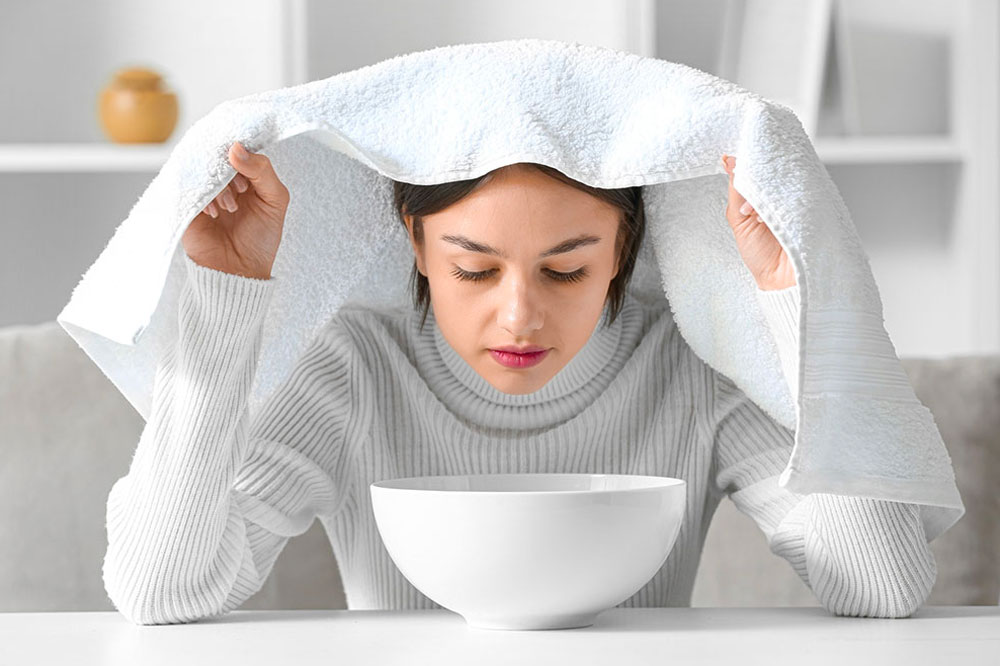Understanding Sinusitis: Types, Signs, and Effective Treatments
Learn about sinusitis, including its types, symptoms, and effective treatment options. Discover home remedies and when to seek medical attention to manage sinus inflammation better. This comprehensive guide helps understand causes, symptoms, and management strategies for lasting relief and improved nasal health.

Understanding Sinusitis: Types, Signs, and Effective Treatments
Sinusitis arises from inflammation or swelling of the sinus lining. Normally, sinuses are air-filled cavities, but infections lead to the accumulation of germs and fluids, causing discomfort. Sinuses produce mucus that helps keep nasal passages clear from pollutants and allergens inhaled through the nose.
This condition is quite common and can be triggered by allergies or colds. Individuals with compromised immunity might develop sinusitis due to fungal infections.
Many people overlook helpful sinus relief options due to limited information. Before visiting a pharmacy or attempting remedies, confirm the condition for effective treatment. Several home remedies can offer relief from sinus congestion. Below, learn about different types, symptoms, treatment strategies, and more.
What conditions contribute to sinusitis?
Factors include:
A common cold
Allergic rhinitis, or nose lining inflammation
Nasal polyps or small growths inside the nose
What are the various forms of sinus infections?
Acute sinusitis – Begins with cold-like symptoms such as nasal congestion and facial pain, lasting from two to four weeks. Its onset is sudden.
Sub-acute sinusitis – Persists for four to twelve weeks, causing ongoing nasal pressure and discomfort.
Chronic sinusitis – Extends beyond twelve weeks, with symptoms like nasal blockage, facial fullness, pus, discolored mucus, and fever.
Recurrent sinusitis – Happens multiple times annually, requir- ing repeated management.
How is sinusitis treated?
Effective management options include:
Antibiotics – Prescribed in bacterial cases; duration varies based on severity.
Pain relievers – Alleviate facial discomfort; consult a doctor for proper dosage and duration.
Decongestants – Reduce mucus build-up and congestion; nasal sprays should not be used beyond three days.
Allergy treatments – Address underlying allergic reactions that may trigger sinus issues.
Surgical options – For persistent or recurrent cases, procedures to expand nasal passages can be recommended.
Additionally, medications that decrease sinus membrane swelling are available on prescription.Home remedies to soothe sinus symptoms
Some simple remedies include:
Humidification – Use a clean humidifier in living spaces to prevent dryness.
Steam therapy – Inhale steam to relieve congestion and cleanse nasal passages.
Warm compress – Applying a warm cloth on the face reduces facial pressure caused by sinusitis.
Saline nasal spray – Helps rinse out nasal passages and provides immediate relief.
Stay hydrated – Drinking plenty of fluids thins mucus, easing blockage. Avoid alcohol, as it dehydrates and exacerbates inflammation.
Important note:
Our blog offers diverse, practical health information based on research. However, readers should view this content as informational, not definitive. Always consult healthcare professionals for diagnosis and treatment. The site does not guarantee the accuracy of external data or offer specific schemes or promotions and recommends verifying services with providers directly.










